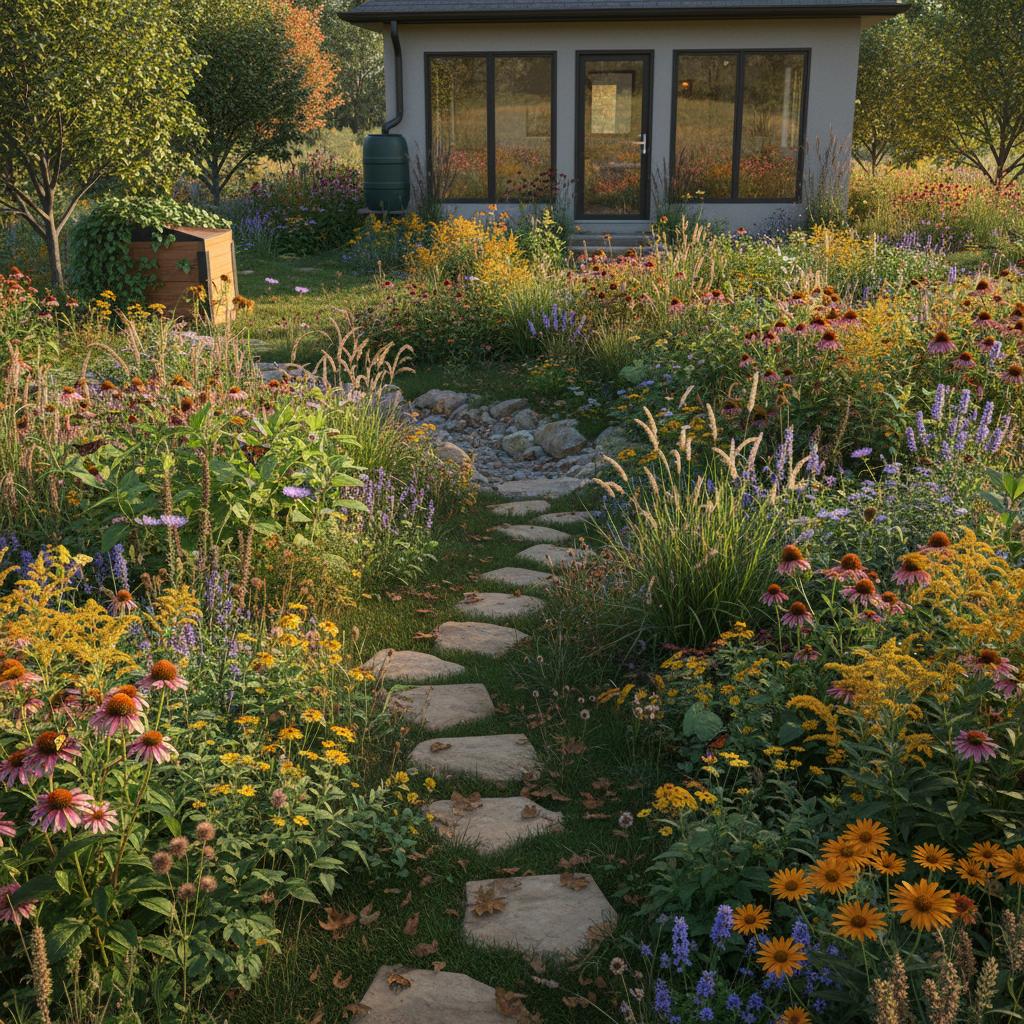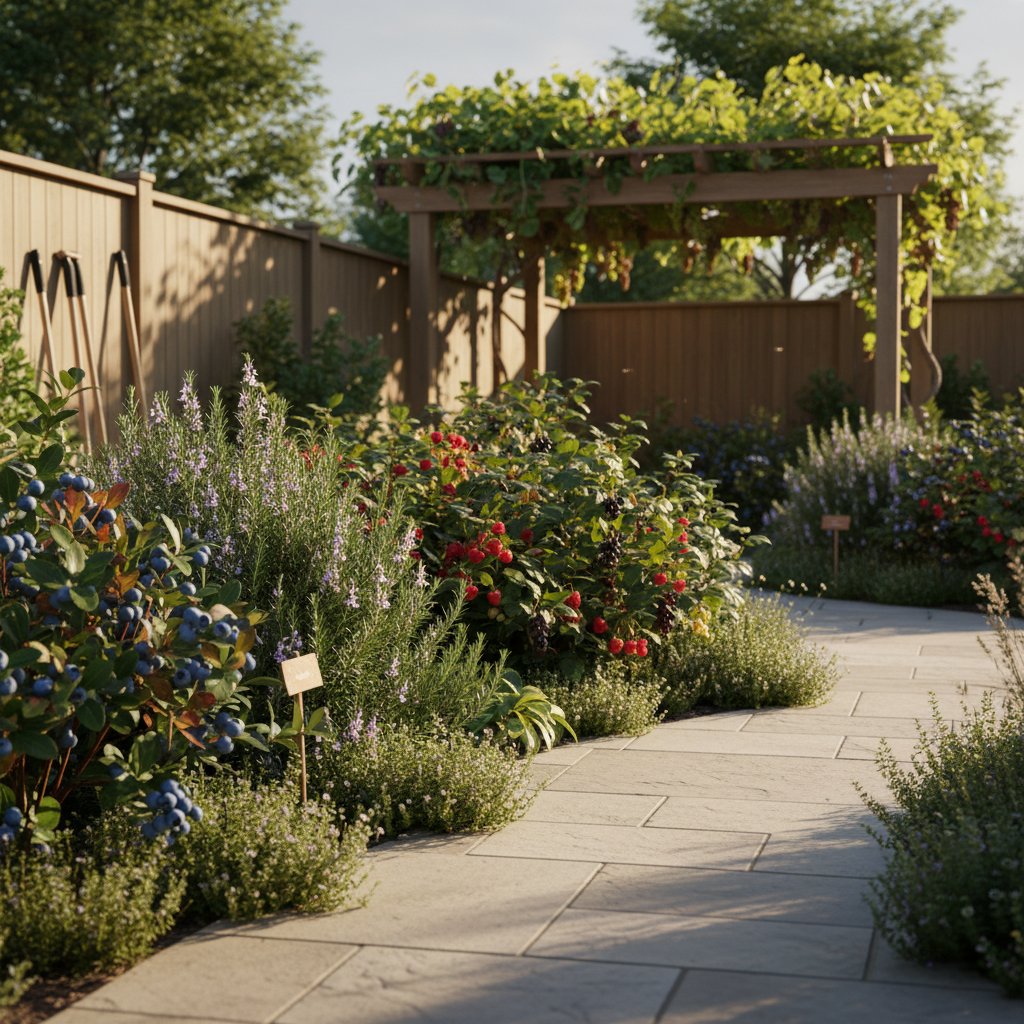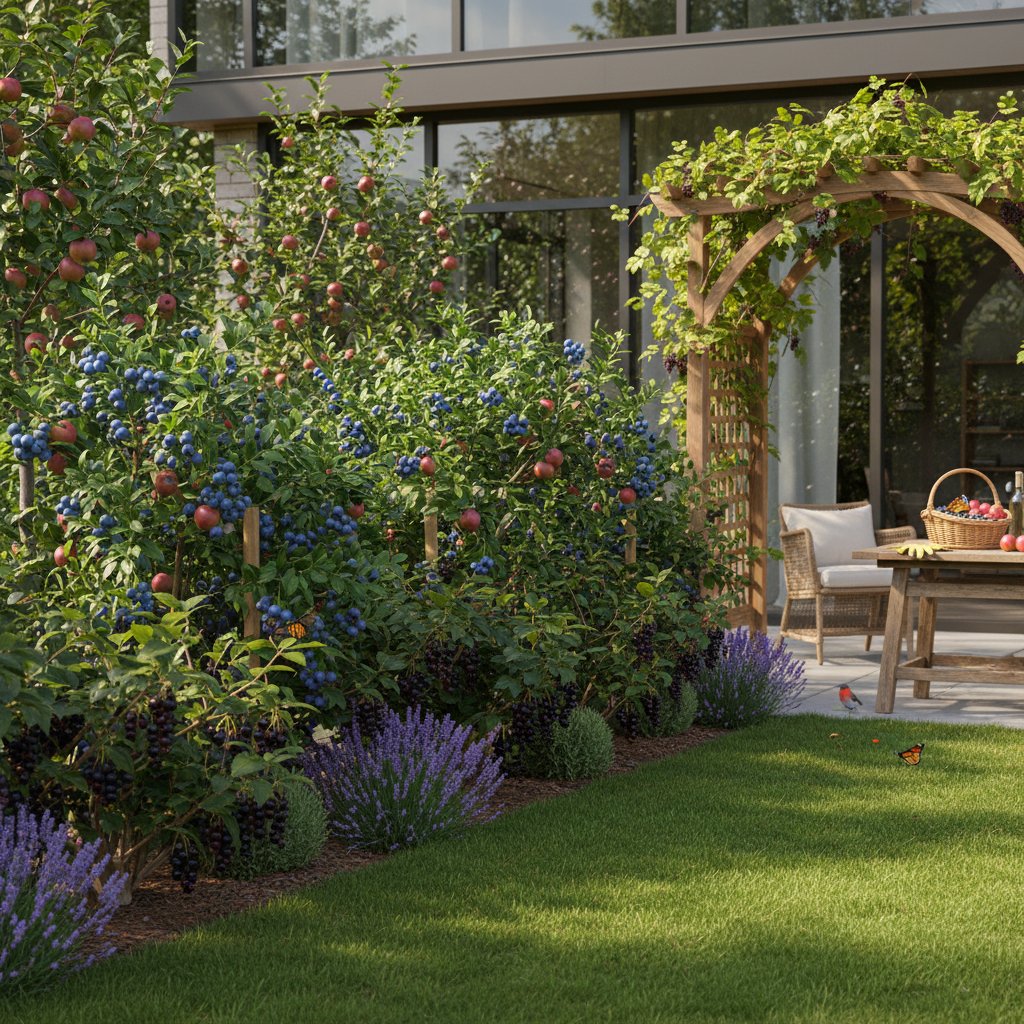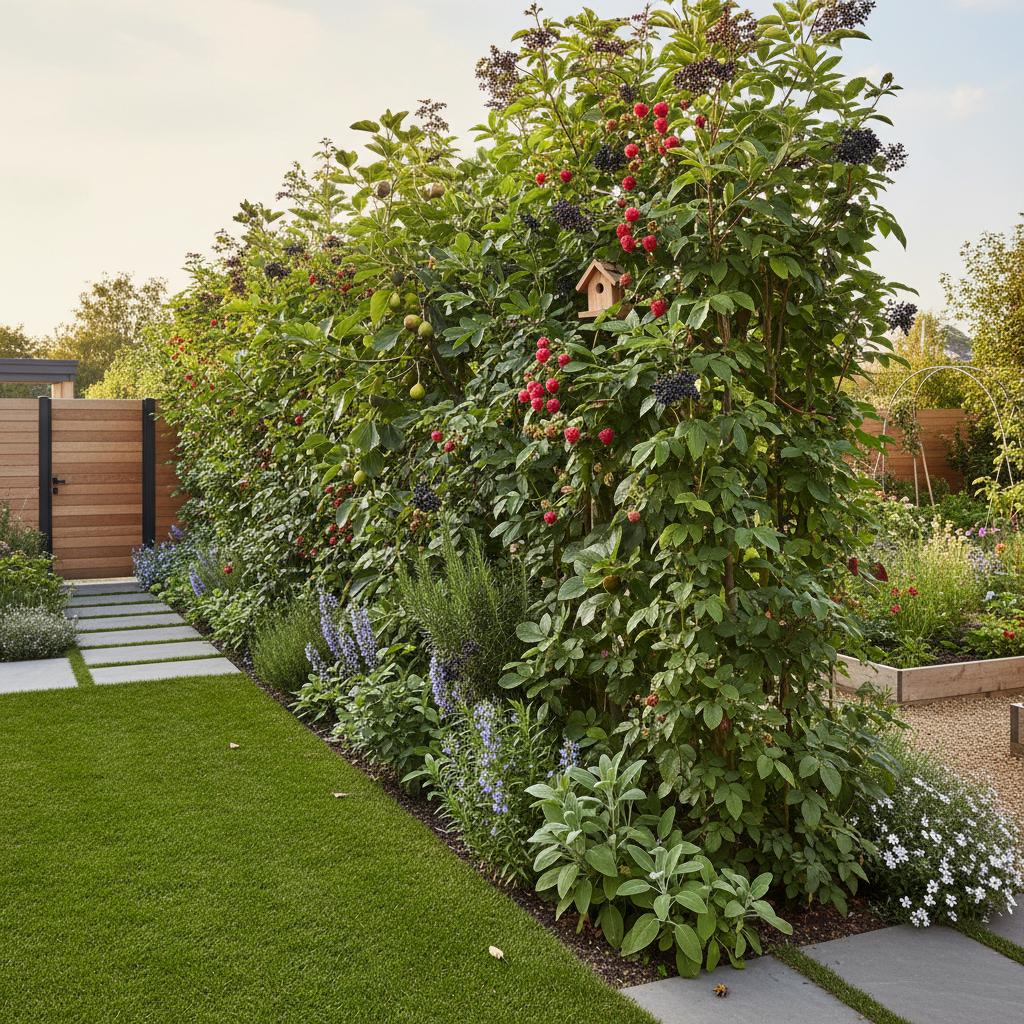Why Messy Gardens Are the Future of Low-Maintenance Yards
Many homeowners gaze at their yards with a blend of guilt and desire. Patchy grass, overgrown flower beds, and tangled borders evoke the allure of a magazine-perfect landscape, yet an unruly space feels vibrant and inviting. This intuition holds truth. What was once deemed messy now emerges as natural, resilient, and remarkably low-maintenance.
A shift in landscaping philosophy prioritizes harmony over dominance and organic texture over uniformity. Known as rewilding or natural gardening, this method allows yards to flourish naturally. It demands minimal intervention from you while enriching the surrounding ecosystem.
Rethinking the Idea of “Messy”
Tidy lawns and precisely trimmed hedges long signified diligence and status. Uniform shapes and colors conveyed achievement. However, as sustainability and efficiency gain priority among homeowners, this conventional beauty standard evolves. A messy garden represents intentional diversity, not abandonment.
Native grasses, resilient wildflowers, and varied growth patterns signal ecological strength. These elements provide nectar, seeds, and habitat for pollinators, birds, and insects. By releasing control, the landscape regenerates. It aligns with seasonal cycles, fostering a dynamic environment.
Step One: Observe What You Already Have
Start by exploring your yard without haste. Identify thriving elements that require little care, such as self-sown wild violets in shaded areas, clover interspersed in the lawn, or moss in damp spots. These species have adapted to your conditions and offer a starting point for enhancement.
Action step: Dedicate time weekly to observation. Track water accumulation after rainfall, sunlight exposure throughout the day, and activity from pollinators. This insight guides future decisions and prevents unnecessary alterations.
Step Two: Plan for Less Work, Not More
Low-maintenance designs stem from embracing natural patterns rather than imposing rigid structures. Envision zones that serve practical needs: a compact gathering area, a defined walkway, and expansive regions for spontaneous growth. This framework reduces labor while enhancing appeal.
Practical ideas:
- Convert portions of turf to native wildflower meadows or bunchgrasses, which establish quickly and suppress weeds.
- Install mulched paths using local materials to direct foot traffic and add subtle definition.
- Retain fallen leaves in planting beds as organic mulch to retain moisture and enrich soil.
These strategies introduce visual interest through layers and forms, achieved with minimal ongoing effort.
Step Three: Choose Plants That Belong
Native species form the backbone of sustainable gardens. Evolved for regional climates, soils, and precipitation, they require no supplemental irrigation or amendments once established. Moreover, they sustain local biodiversity by nourishing specialized insects, birds, and wildlife.
Simple native planting ideas:
- Select perennials like purple coneflower, common milkweed, and black-eyed Susan for vibrant blooms that attract butterflies and bees.
- Incorporate ornamental grasses such as little bluestem or switchgrass, which offer winter structure and seed sources for birds.
- Add deciduous shrubs including serviceberry or arrowwood viburnum, which yield edible berries and provide multi-season foliage.
Introduce natives gradually to avoid overwhelming the space. Monitor their spread; some will naturalize effectively, while others remain tidy. Aim for ecological equilibrium over aesthetic symmetry.
Step Four: Learn to Trust the Process
Natural gardens evolve with the calendar. Spring may deliver floral displays, while autumn emphasizes seed pods and fading foliage. Expect self-sowing in unexpected locations and increased wildlife presence, from buzzing insects to nesting birds. This fluidity rewards patience.
Transitioning from groomed designs may initially unsettle. The arrangement might appear disordered, or concerns about neighborhood perceptions could arise. Allow time for maturation; layered vegetation will develop inherent cohesion.
Action step: Commit to observation over intervention. Nature progresses deliberately. Avoid premature pruning or weeding, as current disarray often precedes robust vitality.
Step Five: Maintain with a Light Touch
Effortless care involves strategic oversight, not elimination of tasks. Focus on essentials to preserve accessibility and health. Selective pruning, invasive species removal, and path clearance ensure functionality without exhaustive labor.
Simple maintenance rhythm:
- Trim only obstructions to sightlines or entry points, typically in early spring.
- Apply compost or leaf litter annually to bolster soil fertility and structure.
- Vigilantly extract non-native invasives, such as garlic mustard or Japanese honeysuckle, before they dominate.
This regimen sustains vigor while honoring the garden's autonomy. You shift from laborer to steward.
Step Six: Redefine Beauty in Your Yard
An untamed garden narrates the progression of life. It features swaying stems, evolving hues, and hidden gems. Sunlight dances on feathery fronds, and breezes rustle dried inflorescences, creating serene motion.
Releasing the pursuit of precision liberates emotionally. The yard echoes life's unpredictability, with its renewals and variations. It cultivates mindfulness and gratitude for organic development.
Nurturing Lasting Garden Vitality
As your landscape adapts, benefits accumulate. Soil improves in quality, pollinator numbers rise, and resource demands like water and fertilizers decline. The area pulses with independence.
Regular visits reveal seasonal transformations. Minor tweaks, such as integrating additional natives or refining a trail, maintain harmony. Gradually, self-regulation predominates, granting you serenity amid abundance.
A messy garden embodies confidence in natural processes. It honors the terrain, seasonal flows, and the subtle delight of authentic growth.



